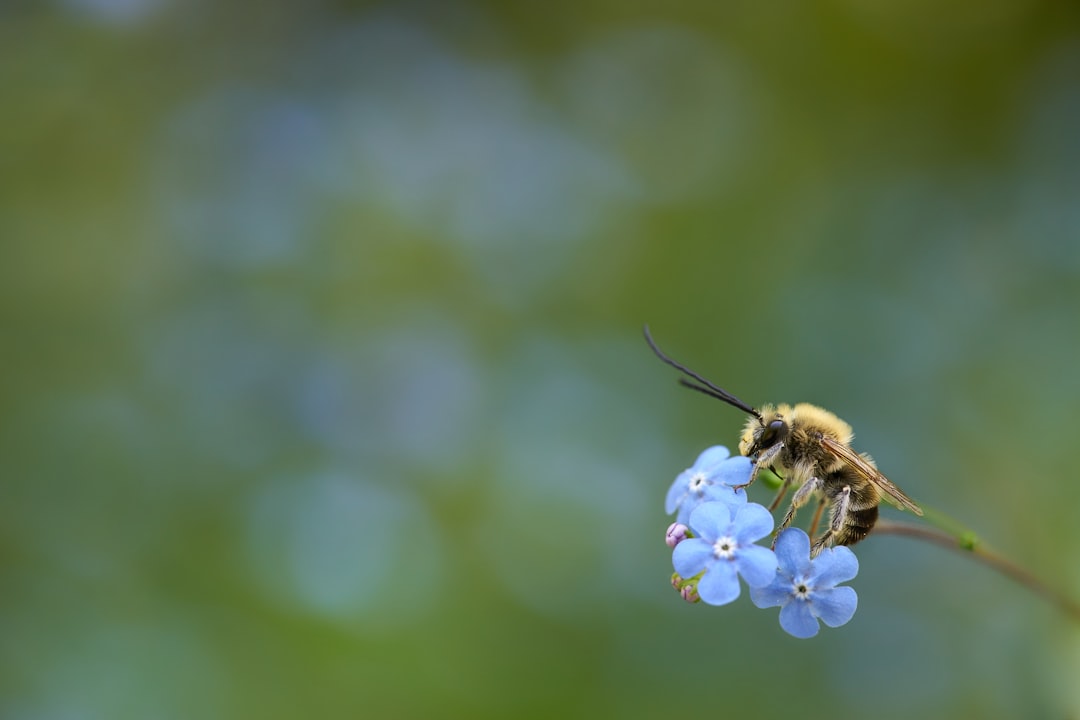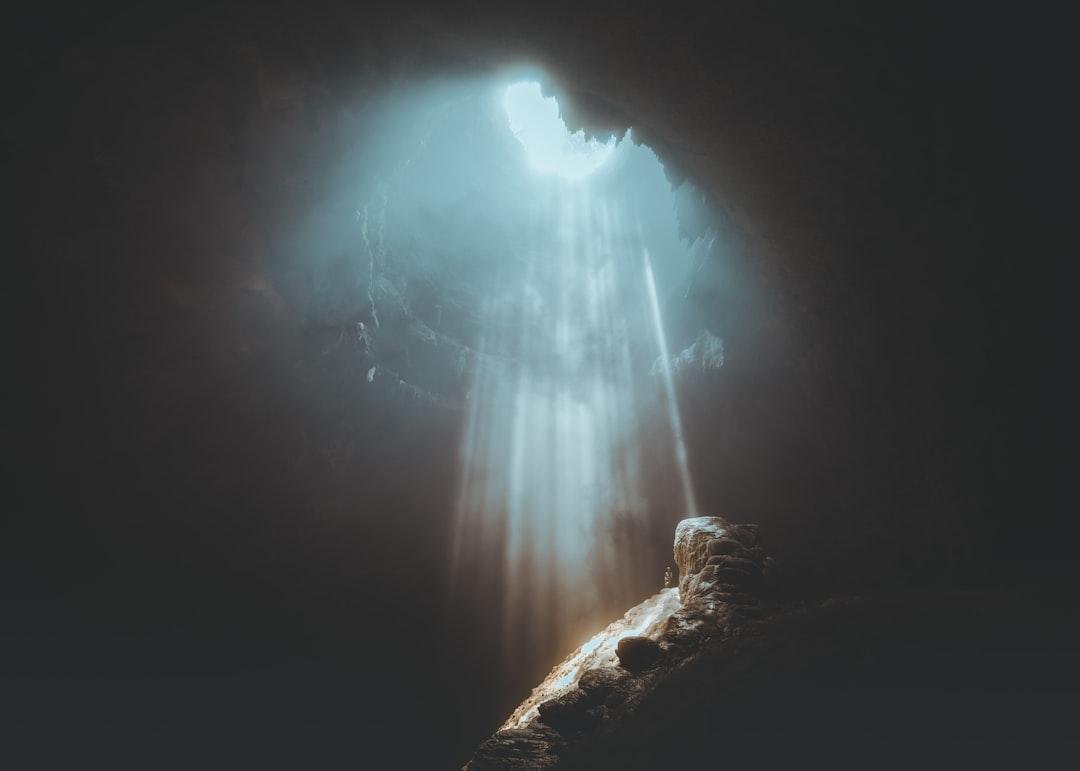What is it about?
Self-fertilization is often thought of as a "dead-end" strategy: the short-term advantages make it unlikely that a selfing species will revert to outcrossing, and the reduced genetic variation produced by selfing make adaptation and diversification less likely. Thus, selfing species will tend go extinct faster and more often than outcrossing species. We used ancestral character state reconstructions to show that the volvocine green algae have repeatedly evolved facultative self-fertilization, self-fertilizing species persist in the long term, and that multiple reversals from selfing to outcrossing have occurred.
Featured Image
Why is it important?
Most of the proposed benefits of sex have to do with outcrossing, or mixing your genes with those of another, genetically distinct, individual. Nevertheless, a lot of species that reproduce sexually do so without outcrossing. This is especially common in plants, where it's called "self-pollination" or just "selfing." Selfing is thought to provide short-term advantages such as the ability to self-fertilize when you are unable to find a mate, but it doesn't provide most of the benefits associated with sex, so it's thought to be a bad strategy in the long term.
Perspectives
The life cycle and ecology of volvocine algae may be key to understanding the long-term persistence of self-fertilization. First, selfing in homothallic volvocine algae is facultative; in a genetically diverse population, most matings will be between genetically distinct strains. Second, volvocine algae have a haploid-dominant life cycle with a metabolically active, multicellular haploid stage and a dormant, unicellular diploid stage. Inbreeding depression may thus be less important than in species with diploid-dominant life cycles. Finally, the dormant diploid stage allows volvocine algae to overwinter, meaning that the ability to self-fertilize is crucial for the survival of colonists to new ponds. Thus facultative selfing might provide volvocine algae with the benefits of outcrossing (when other genotypes are around) without the cost of potentially being unable to find a mate.
Erik R Hanschen
University of Arizona
Read the Original
This page is a summary of: Repeated evolution and reversibility of self-fertilization in the volvocine green algae, Evolution, November 2017, Wiley,
DOI: 10.1111/evo.13394.
You can read the full text:
Contributors
The following have contributed to this page










